Nationality Canadian Known for Sculpture | Name Frances Loring Movement Neo-classical | |
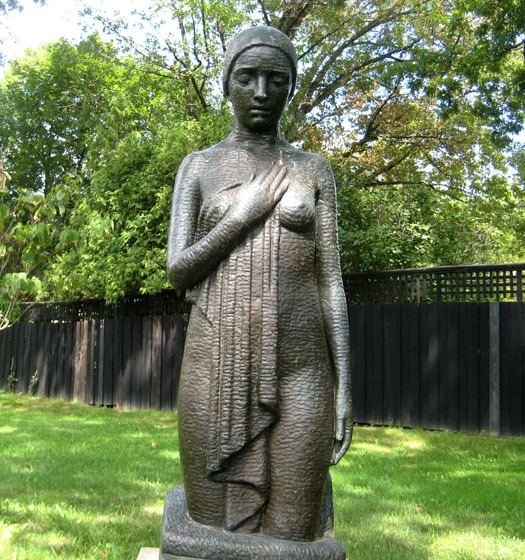 | ||
Died February 5, 1968, Newmarket, Canada | ||
Frances Norma Loring, a Canadian sculptor born on October 14, 1887 in Wardner, Idaho and died February 5, 1968 in Newmarket, ON. Loring was a Royal Canadian Academy of Arts member, Sculptors Society of Canada member and founding, and a Canadian representative at the Venice Biennale in 1960. Loring was the creator of two of the most famous sculptures in Canada, “The lion on the Queen Elizabeth Way Monument” 1939, located now in Toronto and “The statue of Robert Borden” 1957, located in Ottawa.
Contents
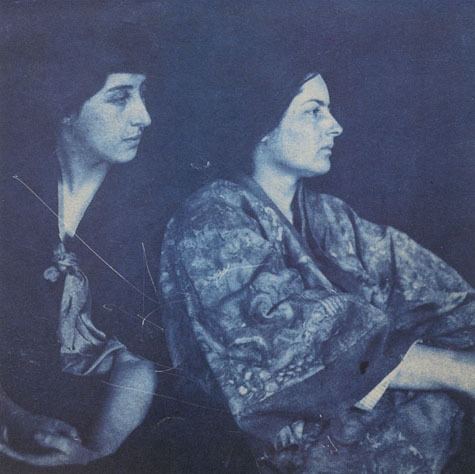
Life
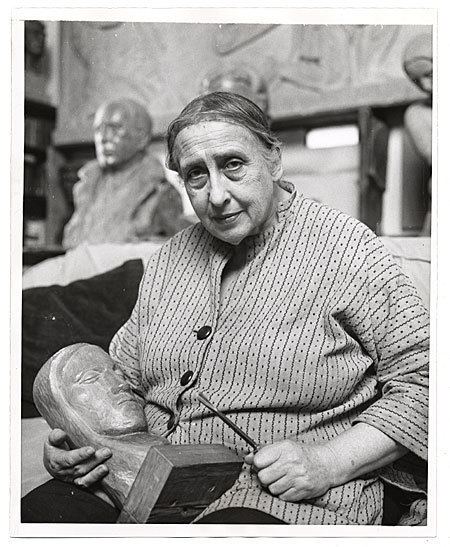
Born in Wardner, Idaho on October 14, 1887 to mining engineer Frank Curtis Loring (1859-1938) and Charlotte Moore, Frances Loring is a Canadian based sculptor who's works can be found in many galleries in Toronto, Ontario. Loring studied at multiple schools such as the Ecole des Beaux-Arts in Switzerland, the Academie Colarossi in Paris, France, the Chicago Art Institute, the School of the Museum of Fine Arts in Boston, and at the Art Students League in New York City. Loring studied in Europe before enrolling at the Art Institute of Chicago where she studied with Lorado Taft. At the Institute she met Florence Wyle with whom she was to have a lifelong partnership. In 1911 the two moved to Toronto, eventually establishing a studio in a converted church schoolhouse at 110 Glenrose Avenue in the Moore Park neighborhood. In 1928 Loring and Wyle were founding members of the Sculptors' Society of Canada in 1928 with Alfred Laliberté, Elizabeth Wyn Wood, Wood's teacher and husband Emanuel Hahn and Henri Hébert. She was made a member of the Royal Canadian Academy of Arts Her work was often exhibited by the Women's Art Association of Canada. In 1960, works by Loring along with those of Edmund Alleyn, Graham Coughtry, Jean Paul Lemieux and Albert Dumouchel represented Canada at the Venice Biennale.
Artistic career
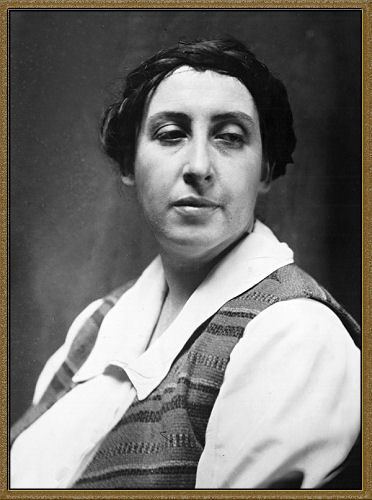
Frances Loring is famous for her unique sculptures. She was a member and the founding of the Sculptors Society of Canada and the chief organizer of the Federation of Canadian Artists and the Canada Council of the Arts. Loring used to create her art based on the facts that were happening around her in history and she worked with a big variety of materials to make her sculptures, such as bronze. Loring was known as well for creating with Florence Wyle large sculptors. They became influences to life and art around Canada. “The Girls” how society call them at the time, were two women who lived together and were sculptors.They dedicated their lives to represent art in a traditional and modern ways of expressions. For instance, in 1928, at the University of Toronto they created a war memorial in Osgoode Hall, the Library. Also, the Queen Elizabeth Way monument, that first was located in Toronto but now is in Ontario in 1975. She also created a portrait of the Robert Borden in bronze, at the time Canadian Prime Minister.
Influences
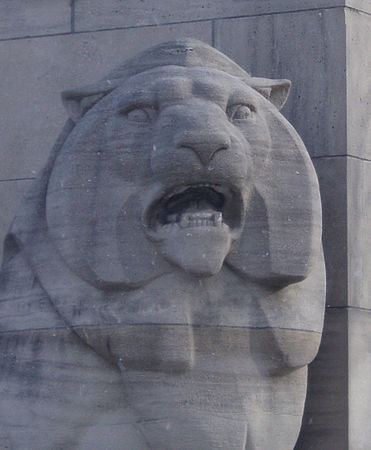
During Loring's career, she produced and created hundreds of different pieces of art, including architectural sculptures, portraits, and garden sculptures. One of her most popular pieces of art include a monument called the Queen Elizabeth Way Monument in Toronto, which is also called the Loring Lion due to Loring's contribution with the crown, various war memorials in Cambridge, Ontario, and a memorial statue of Sir Robert Borden which is now in Parliament Hill, Ottawa.
Associations with artists
Loring is closely associated with fellow sculptor Florence Wyle, and they were both known to become some of the first prominent Canadian sculptures. Loring and Wyle are usually connected with each other because their relationship, both personal and professional, lasted for over 50 years. Loring and Wyle first met at the Art Institute of Chicago in 1905, which resulted in a long friendship. Even though the two women were after the same commissions, they often collaborated on multiple projects with each other. Before Loring or Wyle's art promoted sculptures in Canada, there were very few sculptures due to the lack of interested artists, shortage of foundries and the expensive cost of materials were all factors of the lack of sculptors at that time, and they often had to rely on commissions to gain money for needed material. After Loring and Wyle's works have gained popularity, both artists contributed significant influence on Canadian art by showing that the art of sculpting is equally as important as any other art form. Loring and Wyle had moved into an abandoned church in 1920, and it soon served as both their home and studio. After their sculptures gained some popularity, the church became headquarters for the Sculptor's Society of Canada, where Loring and Wyle both considered as the founding members.
Collaboration
In 1913, Loring and Wyle moved in together in Toronto, and society started referencing to them as “The Girls.” Both of them were major forces in their careers and society at the time used to require Loring and Wyle to make important sculptures during the World War I, such as the monuments for the Queen and King in Toronto. After the War, society started to have a movement for non-representational sculptures, towards this path Loring’s work started to lose the big popularity. However, in a while later she got rediscovered by the academic’s female artists. In 1968, Loring and Wyle passed away and they left all their money to support the new generation of Canadians sculptors.
Ancestry
Through her father, Francis Loring was a seventh great grand daughter of Deacon Thomas Loring, who was ancestor of many Lorings in North America.
Death
In 1968, Frances Loring died and donated proceeds from the sale of her works. A trust fund was set-up to support future sculptures in Canada.
